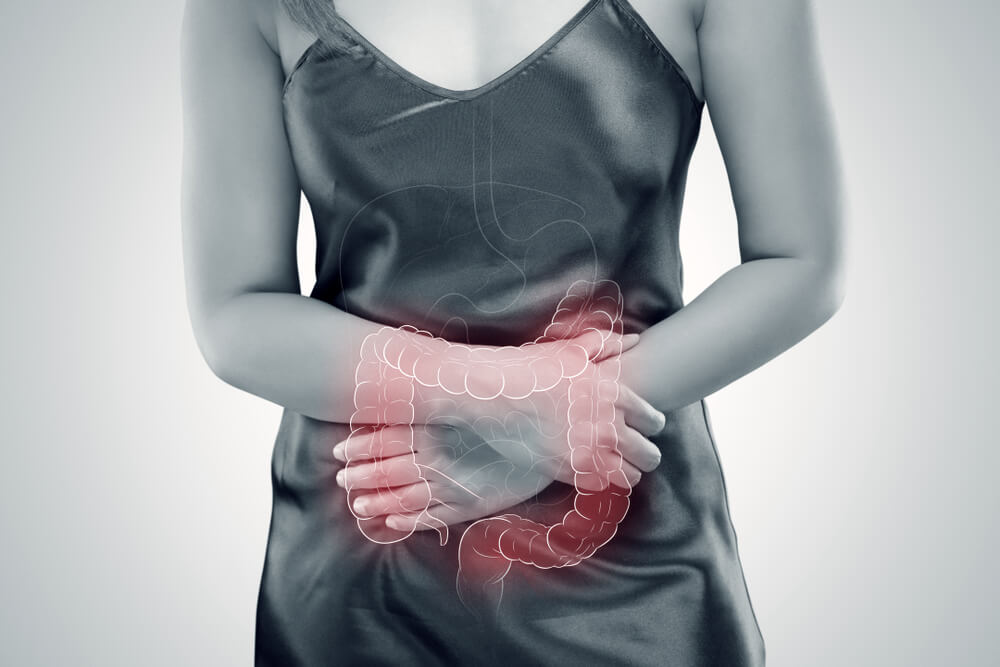Welcome to our comprehensive guide on navigating bowel obstruction symptoms. Bowel obstruction is a serious medical condition that occurs when the normal flow of intestinal contents is blocked, leading to discomfort and potentially severe complications. In this guide, we will delve into the various aspects of bowel obstruction, including its symptoms, causes, diagnosis, treatments, and preventive measures.
When it comes to addressing bowel obstruction, including laparoscopic colon resection choosing the right healthcare provider is paramount for ensuring quality care and successful outcomes. Dr. Whittwell from Surgical Solutions of Miami stands out as an exemplary choice for several reasons. With a wealth of experience and expertise in gastrointestinal surgery, Dr. Whittwell specializes in treating complex conditions such as bowel obstruction. His dedication to patient-centered care and commitment to utilizing the latest advancements in surgical techniques ensure that patients receive individualized treatment plans tailored to their unique needs.
What is Bowel Obstruction?

Understanding the signs of bowel obstruction is crucial for early intervention and effective management. Whether you are experiencing abdominal pain, bloating, constipation, or other related symptoms, this guide will provide you with the knowledge and resources needed to navigate this challenging condition with confidence. Let’s embark on this journey together to gain insight into recognizing, understanding, and addressing bowel obstruction symptoms for optimal health and well-being.
Bowel obstruction, a serious medical condition, occurs when there is a blockage in the normal flow of intestinal contents, and it can be either a small bowel obstruction or the obstruction of the large intestine. This obstruction can impede the passage of food, fluids, and gas through the digestive tract, leading to a range of distressing symptoms and potential complications if left untreated.
Regardless if you are suffering from a small bowel obstruction or an issue with the large intestine, the causes can vary from adhesions, hernias, tumors, or inflammatory conditions such as Crohn’s disease. Prompt recognition and intervention are essential to prevent complications such as bowel ischemia, perforation, or sepsis.
Identifying Bowel Obstruction Symptoms
Recognizing the signs of bowel obstruction is essential for early diagnosis and treatment. Here are most common symptoms:
- Severe abdominal pain: Often crampy or colicky in nature, abdominal pain is a hallmark symptom of bowel obstruction.
- Bloating: Abdominal swelling or distension can occur due to the buildup of gas and fluid behind the obstruction.
- Constipation: Difficulty passing stool or a complete inability to have a bowel movement is a common symptom of bowel obstruction.
- Vomiting: Nausea and vomiting may occur as the body attempts to expel contents from the obstructed bowel.
- Inability to pass gas: Difficulty passing gas, or a complete absence of flatulence can indicate bowel obstruction.
- Abdominal tenderness: The abdomen may be tender to the touch, especially in the area near the obstruction.
- Loud bowel sounds: Increased bowel sounds, often described as “bowel gurgling,” may be heard as the intestines attempt to push against the obstruction.
- Loss of appetite: A decrease in appetite or aversion to eating may accompany bowel obstruction due to discomfort or nausea.
- Swollen abdomen: In severe cases, the abdomen may become visibly distended due to the buildup of gas and fluid.
- Dehydration: In cases of prolonged obstruction, dehydration may occur due to vomiting, decreased fluid intake, and fluid loss through vomiting and diarrhea.
Diagnosing Bowel Obstruction
Diagnosing bowel obstruction typically involves a comprehensive evaluation that includes a combination of medical history review, physical examination, and diagnostic tests. During the medical history review, healthcare providers inquire about symptoms, previous medical conditions, surgical history, and medications.
A thorough physical examination may reveal signs such as abdominal distension, tenderness, or abnormal bowel sounds. Diagnostic tests, including abdominal X-rays, CT scans, or MRI scans, are often used to confirm the diagnosis and determine the location and severity of the obstruction. These imaging studies can identify the presence of a blockage, assess its cause, and evaluate for any complications such as bowel ischemia or perforation.
In some cases, additional tests such as blood tests or a barium enema may be necessary to gather more information. The prompt and accurate diagnosis of bowel obstruction is crucial for guiding appropriate treatment decisions and preventing potential complications.
Bowel Obstruction Treatments
The bowel obstruction treatment approaches depend on the cause, location, and severity. In many cases, initial management includes bowel rest, intravenous fluids, and pain relief medications. However, surgical intervention may be necessary to relieve the obstruction and prevent further complications. Here are some additional details:
- Bowel rest: This involves fasting or limiting oral intake to allow the bowel to rest and reduce pressure on the obstruction.
- Intravenous fluids: Hydration is essential to maintain electrolyte balance and prevent dehydration, especially if vomiting is present.
- Nasogastric tube insertion: A thin tube is inserted through the nose and into the stomach to decompress the bowel by removing gas and fluid buildup.
- Medications: Pain relief medications may be prescribed to alleviate discomfort, while antiemetics can help control nausea and vomiting.
- Surgery: In cases of complete or high-grade bowel obstruction, surgical intervention may be necessary to remove the blockage, repair hernias, or address other underlying causes.
- Bowel decompression: Surgical procedures such as laparotomy or laparoscopy may be performed to relieve the obstruction and restore normal bowel function.
- Adhesiolysis: This surgical procedure involves cutting or removing adhesions that are causing bowel obstruction.
- Stent placement: In some cases, a stent may be inserted into the blocked bowel to help keep it open and allow for the passage of contents.
- Bowel resection: If a segment of the bowel is severely damaged or necrotic, surgical removal (resection) of that portion may be necessary.
Post-operative Care

Post-operative care following treatment for bowel obstruction is crucial for ensuring a smooth recovery and preventing complications. After surgical intervention, patients typically require close monitoring in a hospital setting to assess for any signs of infection, bleeding, or bowel function restoration. Pain management is paramount during this time, with medications prescribed as needed to alleviate discomfort and promote mobility.
Additionally, patients may receive intravenous fluids to maintain hydration and electrolyte balance, especially if they have undergone bowel resection. Gradual reintroduction of oral intake, starting with clear liquids and advancing to solid foods as tolerated, is initiated under the guidance of healthcare providers to prevent postoperative ileus, and promote gastrointestinal function. Regular monitoring of vital signs, wound healing, and bowel movements helps ensure that patients progress appropriately towards recovery.
Conclusion
Bowel obstruction is a serious medical condition that requires timely recognition and appropriate management. By understanding the symptoms, seeking prompt medical attention, and following recommended treatments, individuals can effectively navigate this challenging condition and achieve optimal health outcomes.
Remember, early intervention is key to preventing complications and promoting recovery so schedule a consultation with our expert staff and make sure you are on time. Your health is our number one priority!


